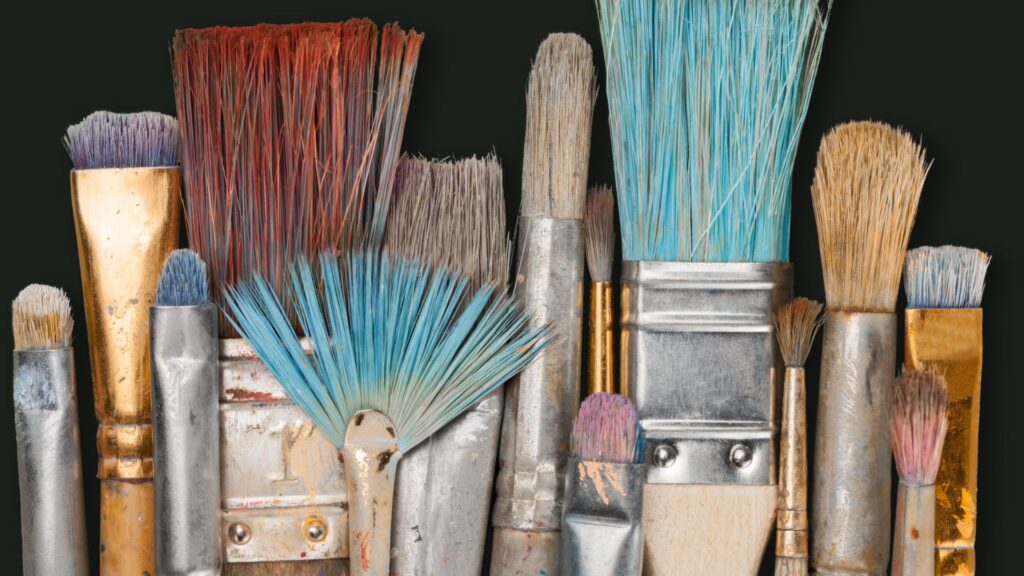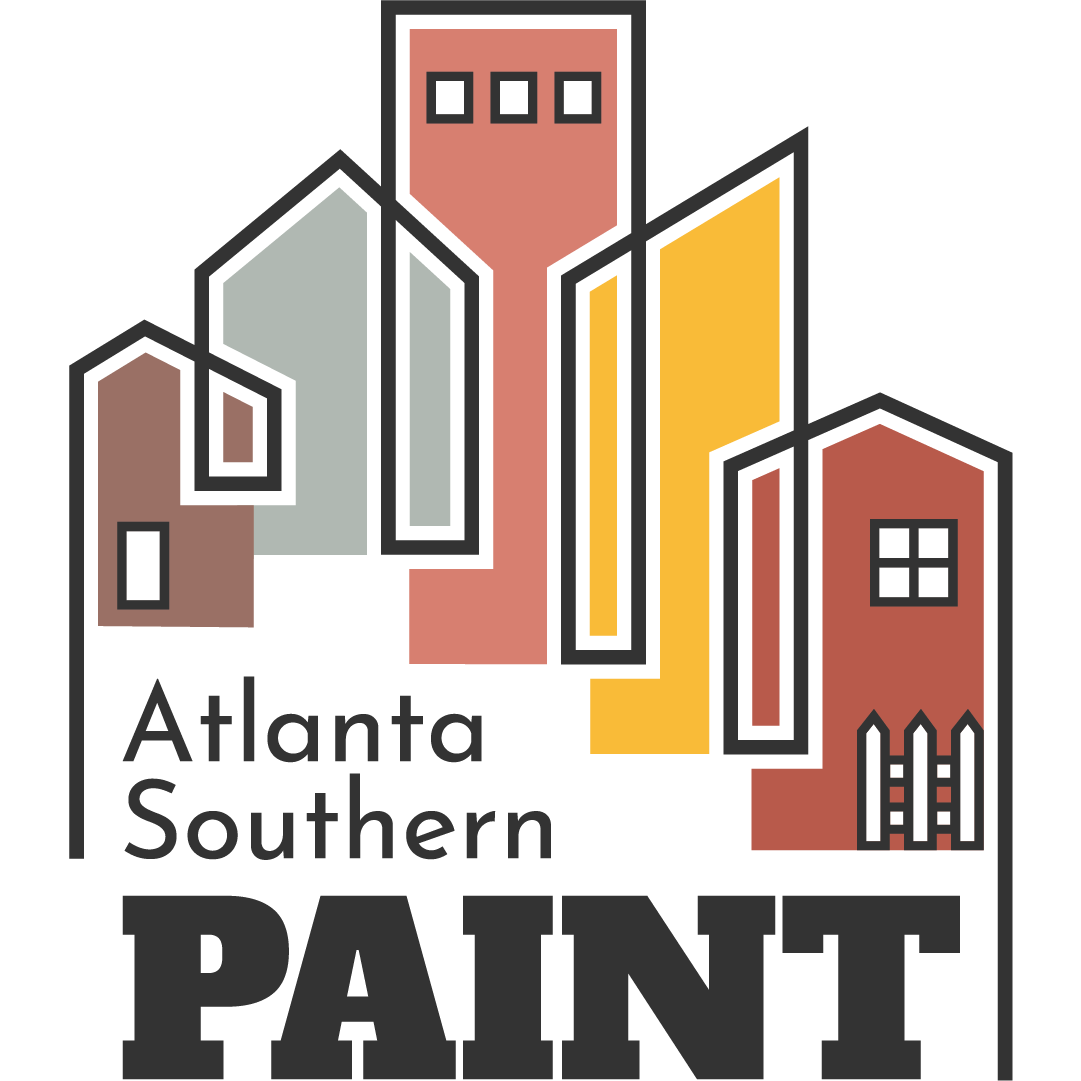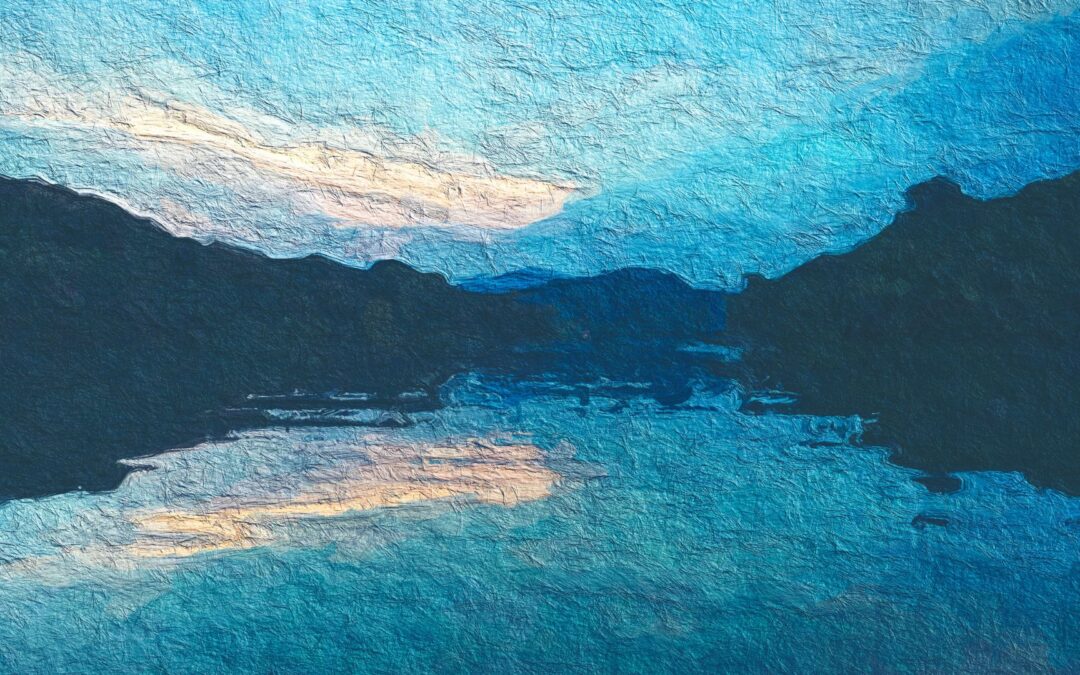Oil painting is a time-honored artistic medium that has captivated artists and enthusiasts for centuries. Renowned artists such as Leonardo da Vinci, Vincent van Gogh, and Rembrandt have all created masterpieces using oil paints. However, for a beginner, oil painting can seem daunting and overwhelming. Fear not! In this comprehensive guide, we will take you through the essential steps and techniques to help you embark on your journey to mastering the art of oil painting. From understanding the materials and tools to exploring various painting techniques, this guide will equip you with the knowledge and confidence to unleash your creativity on the canvas.
Understanding Oil Painting Materials and Tools
To create beautiful oil paintings, it is essential to be well-versed in the materials and tools required. Before embarking on your creative journey, ensure you thoroughly understand the different types of paints, brushes, canvases, and other materials necessary for oil painting. Oil paints come in various types, such as student-grade and artist-grade. Student-grade paints are more affordable, while artist-grade paints offer superior quality and pigmentation. You must also choose the right brushes that suit your painting style and technique.
Natural hair brushes are generally preferred for oil painting since they hold paint well and allow for better blending. Canvas is another essential material needed for oil painting. Depending on your preference, you can choose between a stretched or unstretched canvas. Stretched canvas is ready to use right out of the box, while unstretched canvas requires stretching before use. In addition to these basic materials, other tools may come in handy during an oil painting session. These include palette knives for mixing paint, solvents for cleaning brushes and thinning paint, and mediums like linseed oil or turpentine to alter the texture and drying time of the paint. Understanding these foundational elements will help you create stunning oil paintings with ease and confidence.

Setting Up Your Oil Painting Studio
For an artist, having a well-designed workspace is critical for creative productivity. This article will focus on the process of setting up an oil painting studio that is conducive to artistic inspiration. Finding the right location with good lighting, organizing your materials, and choosing the correct equipment are all important steps to creating a functional and inspiring studio. The first step in setting up an oil painting studio is selecting a suitable location with ample natural or artificial lighting that mimics daylight. A space that is quiet and free from distractions is also essential.
Organizing your materials by category, such as paints, brushes, palettes, and canvases, can help you work more efficiently. When selecting painting equipment, investing in high-quality brushes and paints is crucial for achieving optimal results in your artwork. It’s also important to have a variety of brush sizes and shapes to suit different techniques. An easel that can be adjusted according to your height preference and canvas size is also essential. Finally, personalizing your studio with inspiring artwork or photographs can help create a welcoming atmosphere that encourages creativity. Following these tips, you can create an oil painting studio that inspires you to bring your artistic vision to life.
Mastering Color Theory for Oil Painting
Color theory is essential to oil painting, and understanding its principles can significantly impact an artist’s work. The concepts of hue, value, saturation, and the color wheel are all integral to comprehending the theory. By mastering these principles, artists can effectively blend and mix colors in their artwork, adding depth and vibrancy to their pieces. However, color theory is not only about mixing paint but also about comprehending how colors interact and how they influence the mood and ambiance of a painting. With a solid foundation in color theory, oil painters can create stunning masterpieces that evoke emotions and captivate viewers. Moreover, it is crucial to understand that different color combinations have varying psychological effects on the viewer.
For instance, warm colors like reds and yellows are known to stimulate the senses and create feelings of excitement or passion. On the other hand, cool colors such as blues and greens tend to be more calming and relaxing. Understanding these associations can help artists choose colors that enhance the intended emotional impact of their artwork. It is also important for artists to experiment with different color combinations to discover new possibilities. By using complementary or analogous colors or exploring monochromatic or triadic schemes, they can create unique effects that add interest to their paintings. Finally, proper lighting is essential when displaying artwork as it affects how colors appear in different settings. By considering all these factors together with a solid understanding of color theory principles, oil painters can take their artistry to new heights.
Basic Oil Painting Techniques for Beginners
For those new to the oil painting world, this section provides an overview of various basic techniques that serve as a foundation for any oil painting. Two examples include the alla prima method, which is versatile and can be completed in one sitting, and the intricate glazing technique, which involves layering thin translucent paint over a base layer to create depth and luminosity. Following step-by-step demonstrations, you can gain confidence as you practice and refine your skills. Other basic techniques that are commonly used in oil painting include impasto (thickly applying paint to create texture), scumbling (dry brushing), and blending (blending colors to create smoother transitions).
These techniques can be used alone or in combination to produce unique effects in your paintings. While learning these techniques is important, experimentation is equally crucial. Feel free to try new things and explore what works best for you. Investing in high-quality materials such as artist-grade paints, brushes, and canvas can significantly enhance the quality of your work. It’s also important to remember that oil painting requires patience and practice. The more you paint, the more comfortable you will become with the medium. With time and perseverance, you can develop your style and create beautiful works of art that reflect your unique vision.
Understanding Composition and Perspective
Composing an oil painting with the right perspective is crucial to effectively convey the artist’s message. The principles of composition and perspective help create visually engaging and well-balanced paintings that attract the viewer’s attention. One such principle is the rule of thirds, which divides the canvas into three equal parts to achieve a balanced composition. Focal points are also important as they guide the viewer’s eye toward the most critical element in the painting. The atmospheric perspective adds depth and dimension by creating an illusion of distance and space. By mastering these principles, artists can create compelling pieces that leave a lasting impression on their audience.
The composition can be improved by using techniques like symmetry, asymmetry, or balance, depending on what the artist wants to communicate through their work. The focal point should be positioned carefully to draw attention without overwhelming other elements in the painting. This can be achieved by using contrast or color to emphasize it. Another technique is to create movement within the painting to guide the viewer’s eye toward the focal point. Atmospheric perspective creates depth in a painting by making distant objects appear hazy or less defined than closer ones.
This creates an illusion of distance and space, making a painting more realistic. By incorporating atmospheric perspective, artists can give their paintings a sense of depth and make them more captivating. In conclusion, mastering composition and perspective is essential for creating a well-crafted oil painting that communicates effectively with its audience. It requires careful placement of elements, focal points, and atmospheric perspective to create visually appealing artwork that captures people’s imagination for years.

Nurturing Your Creative Expression
Oil painting is an art form that goes beyond just technical skills. It also involves expressing your voice and perspective. To nurture your creative expression, you can seek inspiration from various sources such as nature, personal experiences, and other artists’ works. One of the common challenges an artist faces is creative blocks, which can be overcome by taking breaks, experimenting with different techniques or mediums, and seeking feedback from others. Developing a personal artistic style is crucial for expressing your unique identity and creating a recognizable body of work.
This process involves experimenting with different styles, techniques, and subject matters until you find what resonates. Infusing emotions, experiences, and personality into your oil paintings can bring them to life and make them more meaningful to you and the viewer. To further develop your artistic style, take classes or workshops to learn new techniques or get feedback from experienced artists. Additionally, practicing consistently can help you refine your skills and develop a strong sense of artistic expression over time. Ultimately, nurturing your creative expression takes time, effort, and dedication but can lead to fulfilling results that resonate with your audience.
Conclusion
If you’re a beginner eager to delve into the captivating world of oil painting, look no further than Atlanta Southern Paint in Atlanta, GA. Their comprehensive guide, “Mastering the Art of Oil Painting,” is the ultimate resource to kickstart your artistic journey. From essential techniques to creative tips, this beginner’s guide provides a solid foundation for honing your skills and unleashing your creativity onto the canvas. With the support of Atlanta Southern Paint, you can embark on a transformative artistic endeavor that promises to bring joy and fulfillment to your life. Contact them now to embark on this exciting venture and unlock the true artist within you! Happy painting!

